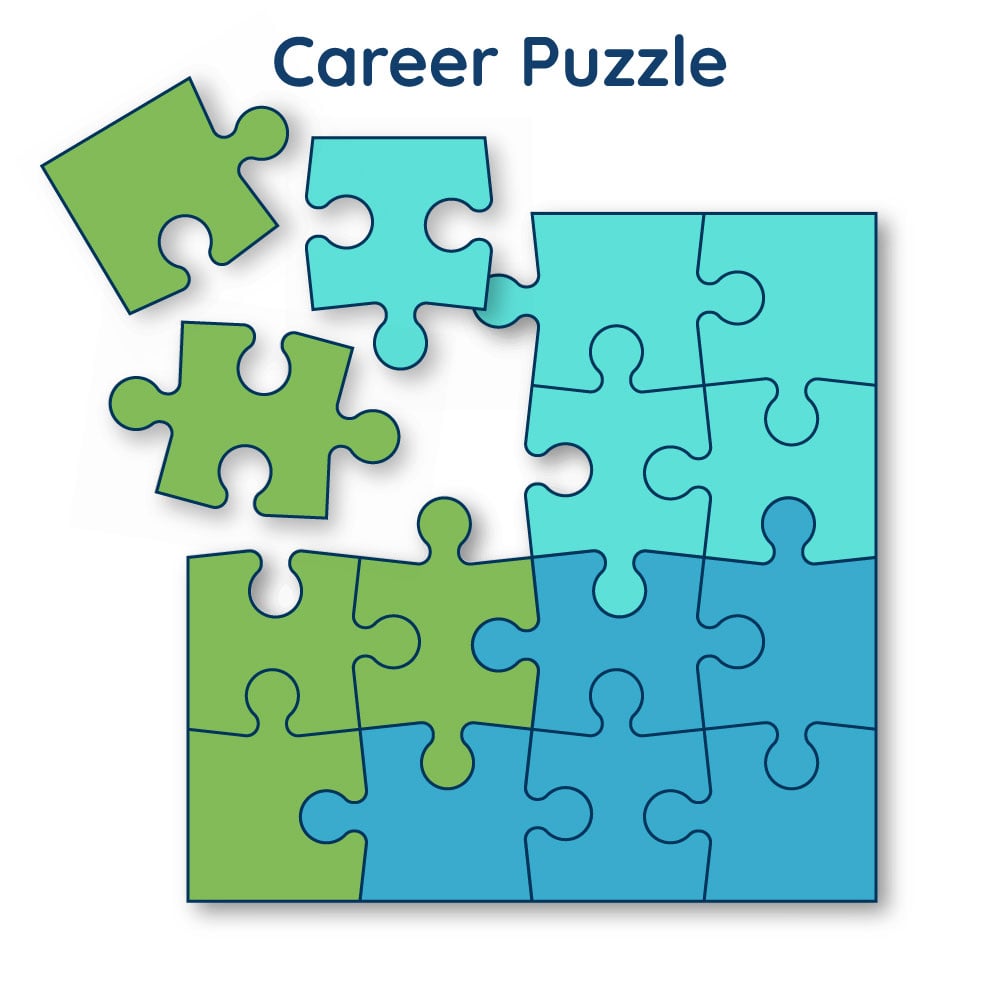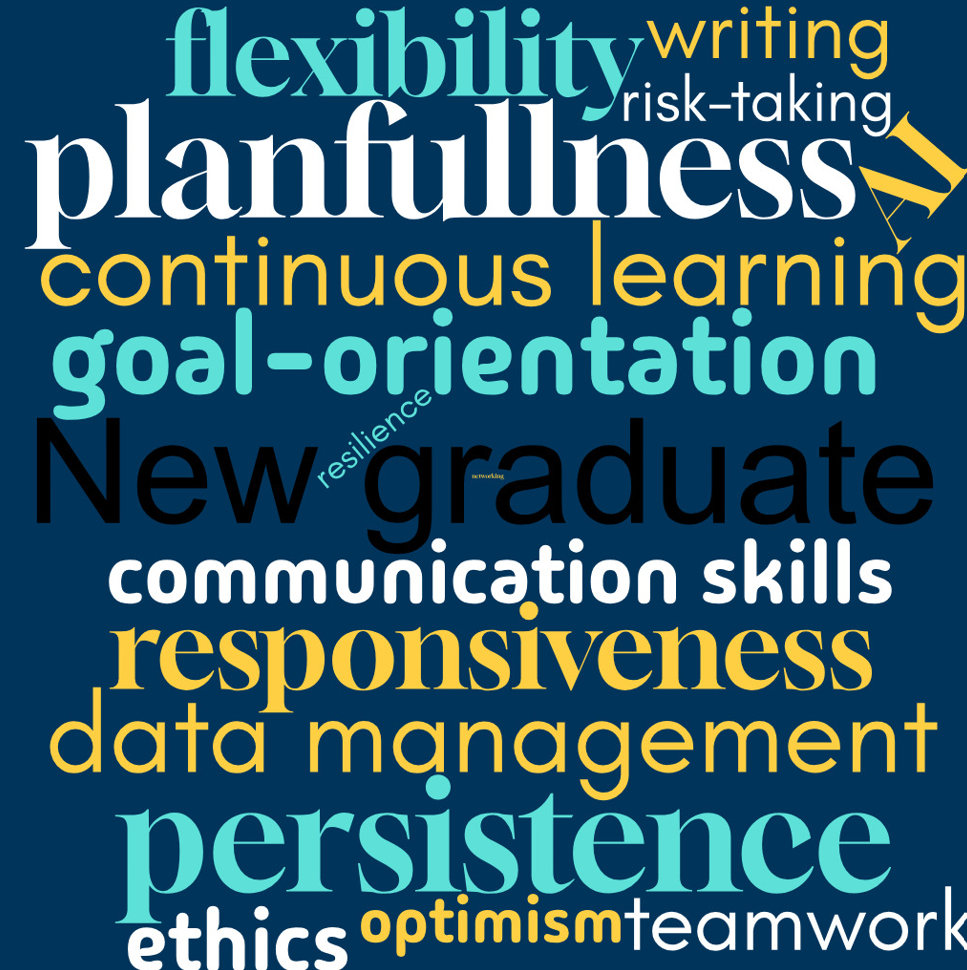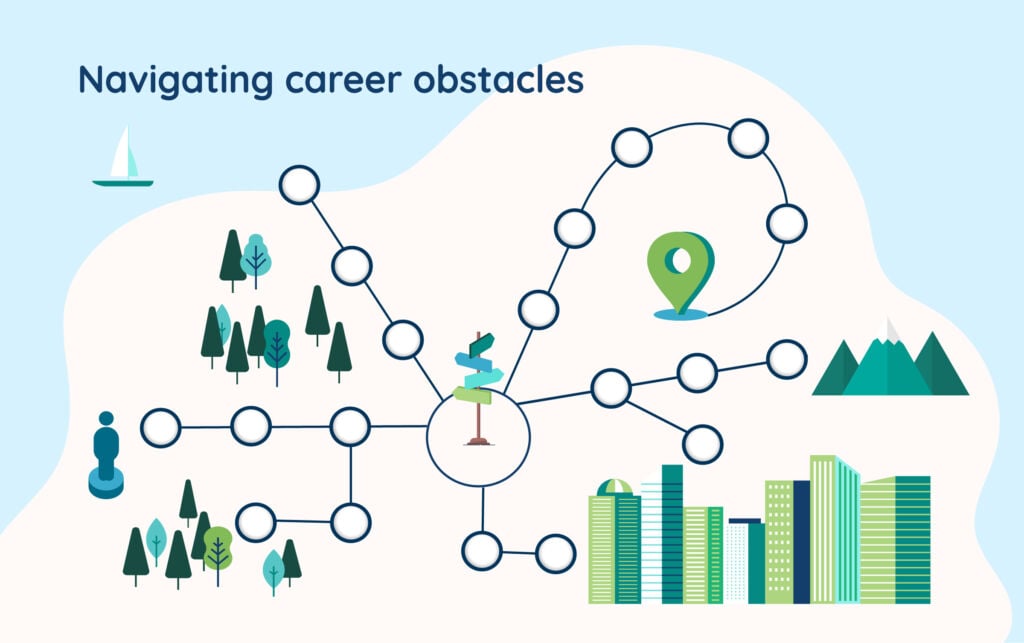As you step into the professional world, it’s clear that the landscape of working life is evolving faster than ever before. Gone are the days of a single, linear career path. Instead, imagine your career as a dynamic puzzle, with pieces that can shift and change direction. From groundbreaking technologies like AI to global economic shifts, these changes are opening up exciting new opportunities and challenges. For university students and recent graduates, understanding and adapting to these trends is key to building a successful and fulfilling career. Ready to navigate this thrilling journey? Let’s dive in!
Change is everywhere
In today’s rapidly evolving world, both global and local changes are reshaping the landscape of working life in profound ways. From technological advancements and globalization to shifts in local economies and job markets, these changes are creating new opportunities and challenges for university students entering the workforce. As automation and artificial intelligence become more prevalent, the demand for digital literacy and adaptability is increasing. Meanwhile, local changes such as economic policies, cultural shifts, and environmental concerns are influencing job availability and work environments. Understanding these dynamics is crucial for students to navigate their career paths effectively and thrive in a constantly changing professional world.
New technologies are likely to impact labor markets by creating education gaps and increasing the need for reskilling and upskilling the workforce. This is highlighted in many EU level documents, policies and guidelines, such as European Education Area, European Strategy for Universities, and the Global Trends to 2040 forecast by European Strategy and Policy Analysis System. For example, the rapid development of AI and deep tech domains has already revealed a new need for the workforce.
This rapid change and its effects go beyond individual careers. A recent study by Rohrbeck & Kum (2018) shows that company foresight significantly impacts company performance: companies that are prepared for the future are 33% more profitable than those that are not. They also state that future-prepared firms outperform the average by up to 200%. Adapting to these changes is essential for both individuals and organizations.
Why Do I Want to Talk About Change and Working Life?
I am writing this as a researcher, teacher, and project manager in sustainability and internationalization, who originally aimed to be a professional ballerina, then worked in the tourism industry for several years, and after finishing my PhD, ended up in university administration and research services. I have repaired bowling alley machinery, worked as a waitress, and pruned banana trees in Australia – not exactly a well-planned career, right? But my driving force is the change. I have finally found a career where I can continuously learn, bring people from different backgrounds together for the common good, and teach the students in different fields.
To deepen our understanding of the topic, our team interviewed Johanna Valovirta for this article. Valovirta is a Talent & Employer Branding Lead at Gofore – an international digital transformation consultancy with Finnish roots. She has worked on topics related to identifying and developing competencies throughout her 18-year career. It requires understanding and anticipating the surrounding world and the changes happening within it. Her career path has taken her from teaching positions to an executive search consultant role and then to leading a recruitment and employer branding team. She has experience in supporting various industries through changes and engaging in discussions with professionals from different fields.
Will Career Paths Be Replaced by a Career Puzzle?
We have all heard the stories of our parents or grandparents, who went to a local company in person, asked for a summer job, and stayed there until retirement. While that can still be the case for some, most of us are facing a totally different career path. Instead of a path, we might have a career puzzle, with unexpected turns. Valovirta predicts that most people graduating in the near future may have two or three different career paths during their lives. There might still be a common thread tying these different steps into a meaningful entity, perhaps a passion or a way of working that one finds appealing. However, some occupations are likely to remain stable in the future. For example, many medical doctors, veterinarians, and teachers tend to stay within their fields for long periods.

Valovirta’s insights are supported by scientific studies that focus on career shifts in a modern world. A study by Asuquo et al. (2013) on fostering sustainable career development of young people in the changing world of work reveals the following personal traits needed to adapt: continuous learning, networking, persistence, planfulness, risk-taking, optimism, flexibility, and teamwork. Additionally, a goal-oriented mindset and responsiveness were brought up. Peeters et al. (2022), on the other hand, with their spot-on title “Dust yourself off and try again,” introduce the concept of career resilience. It combines career history and openness to change as predictors of career resilience, which ultimately affects career self-management and outcomes.
Effective communication skills are crucial in navigating career shifts and achieving professional success. These skills enable individuals to articulate their ideas clearly, collaborate with colleagues, and build strong professional relationships. Good communication fosters teamwork, enhances networking opportunities, and helps in resolving conflicts. It also plays a vital role in adapting to new roles and environments, making it an essential trait for career resilience and self-management.

Employer’s Point of View: Tips for New Graduates
Johanna Valovirta faces the demands of working life in real-time, by regularly meeting new graduates from different fields. An intriguing note from our interview is that experts in certain positions may come from very different backgrounds – the same position can eventially be held by people majoring in biology, IT or business studies. Valovirta emphasizes: “Even if you hit a wall and can’t reach your career goal directly, there may be several side paths that can ultimately lead you to your destination. Stay open to alternative routes and opportunities!”

Valovirta has also noticed the growing need for company forecasting. Companies collect and analyze more data to create suitable and effective services for example by categorizing their clients based on their needs. This enables streamlined and efficient service management for targeted groups, but also requires more experts in data management. As a practical example, Johanna shares how identifying straightforward needs and complex challenges allows organizations to offer digital support solutions for simpler questions and focus face-to-face services on areas requiring human expertise and attention to detail.
One piece of advice from Johanna to new graduates is to be ambitious and patient simultaneously. While young graduates are eager for challenges and ready to grow, many aspects and roles in one’s career path require more time and experience. You need to work in different settings, have numerous encounters with people from diverse backgrounds, and find the optimal working and learning styles to be prepared for the most demanding posts. So, while moving forward, take the time to learn and adjust bit by bit. In addition – in working life, it’s important not only to set goals but also to enjoy the journey.
“It’s okay to be busy thinking! Work can look like that too.” – Johanna Valovirta
If you are interested in testing and practicing your career readiness and learn more on managing your career, there are many online exercises available. For example, test out the Job Simulation, Career Explorator Exercises, and check out the Career Management Guide.
This article, produced by the European University Alliance INVEST, and is accompanied by expert interview with Talent & Employer Branding Lead Johanna Valovirta (Gofore).
Author:
Dr. Kristiina Väänänen, Project manager and Senior researcher, Karelia University of Applied Sciences


